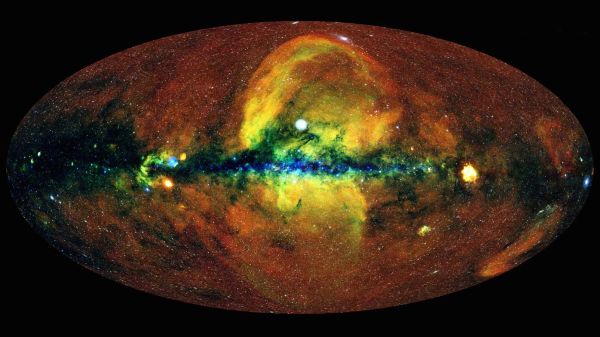
Could an invisible planet lurk at the edge of our solar system? Can black holes ricochet through space like intergalactic billiard balls? Did our own galaxy's black hole "wake up" with a bang millions of years ago — and could it do so again?
These may not be the questions that first drove humans to study the stars thousands of years ago. But, as astronomers look ever deeper into the dusty corners of the cosmos, peculiar discoveries have forced them to grapple with ever-stranger questions about the nature of our universe and the limits of what could be lurking out there.
From our own cosmic backyard to the distant depths of the early universe, here are five of the most mysterious objects that scientists have discovered in space — and the best explanations for what they are.
Planet Nine
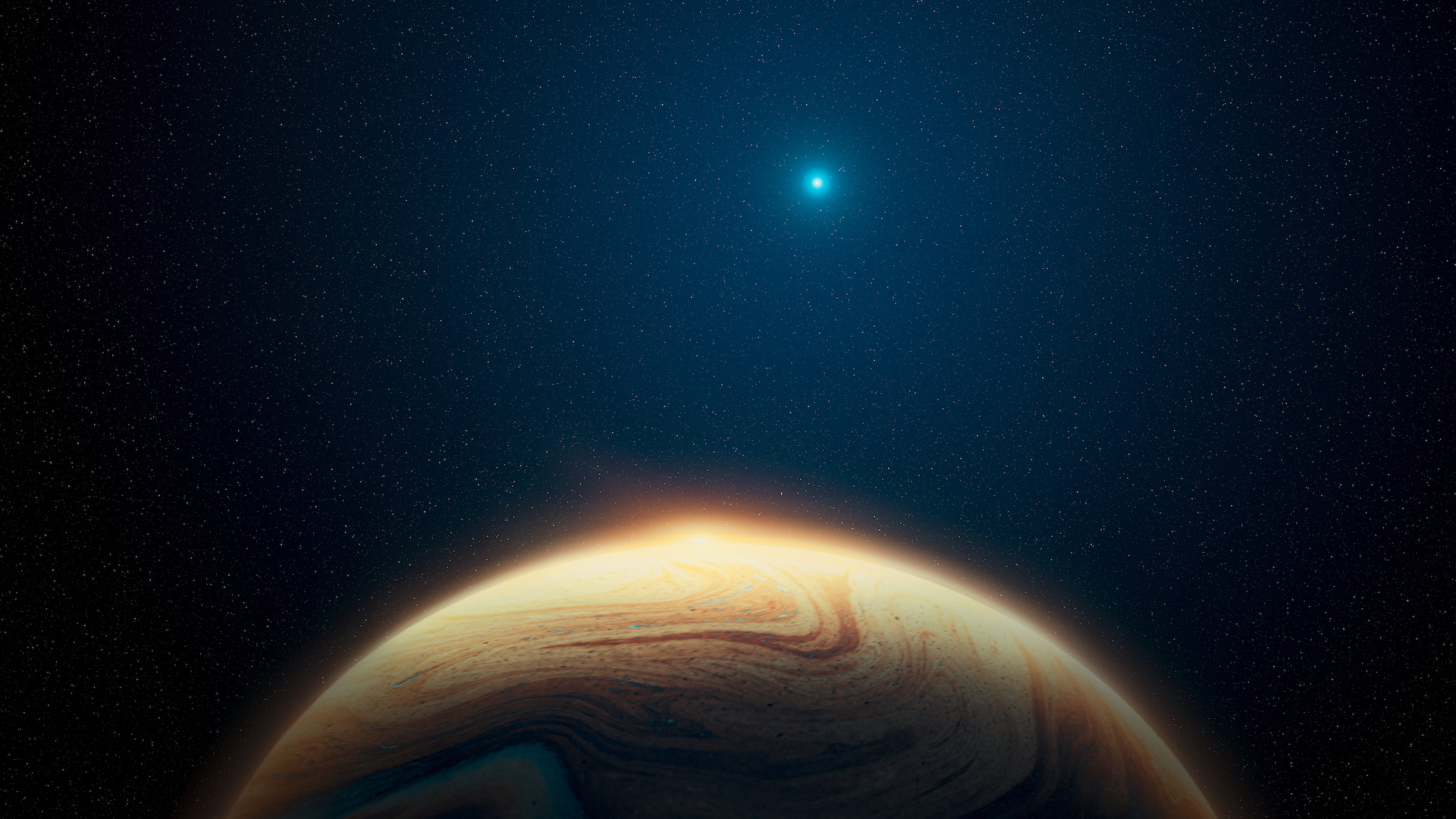
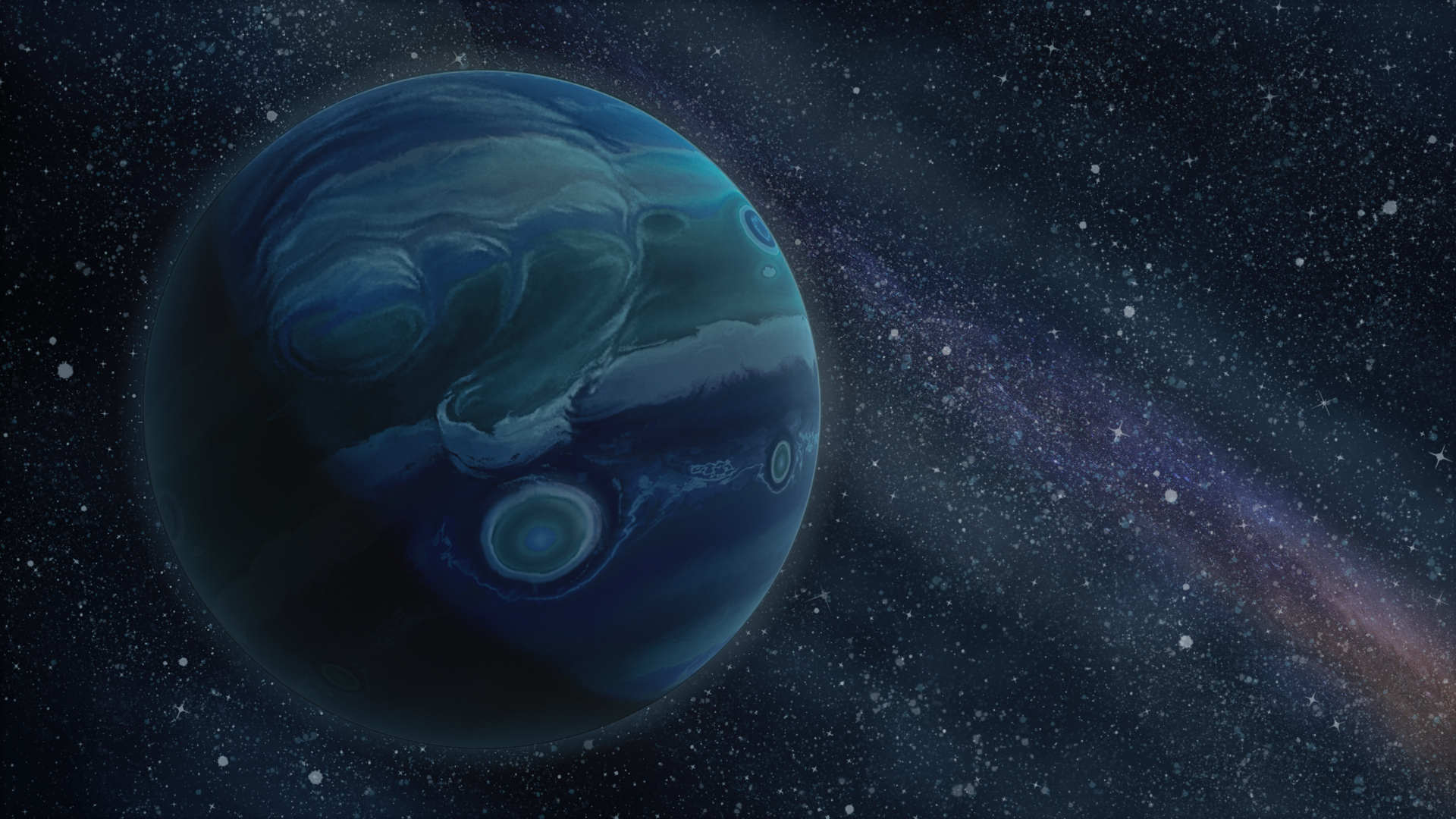
Planet Nine: Is the search for this elusive world nearly over?
Read more:
— How long would it take to reach Planet 9, if we ever find it?
— 8 strange objects that could be hiding in the outer solar system
Far beyond the orbit of Neptune, a mysterious, massive entity may be moving through the ring of icy objects that surrounds our solar system. Scientists studying this region have found that the orbits of more than a dozen rocky objects are being subtly altered, as if being tugged on by the gravity of an enormous, unseen planet — a theoretical object known as Planet Nine.
This hidden world is estimated to be anywhere from five to 10 times as massive as Earth and to take up to 10,000 years to complete a single orbit of the sun. But besides the strange "kinks" in the orbits of nearby objects, there is still no concrete evidence of Planet Nine's existence. If it's out there, slowly orbiting more than 500 times farther from the sun than Earth does, the mysterious world is far too dim to detect with current telescopes.
However, the forthcoming Vera C. Rubin Observatory, which is currently under construction in Chile and will eventually record a 10-year time-lapse video of the night sky, should be able to spot more evidence of the elusive world — potentially confirming or denying its existence once and for all.
The "runaway black hole"
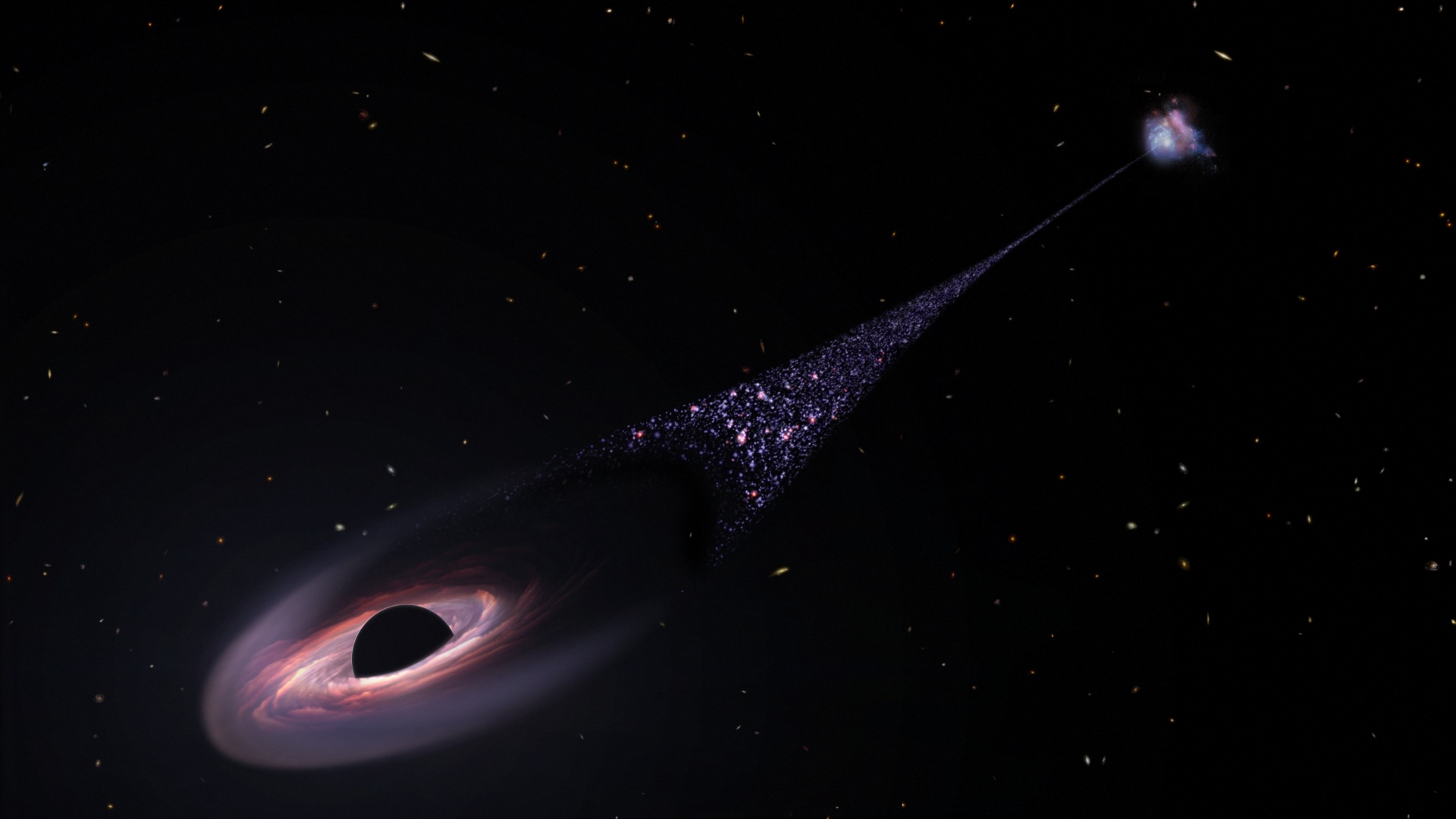
In April 2023, astronomers reported the detection of something never seen before: a "runaway" black hole, untethered from any galaxy and blazing through space at 4,500 times the speed of sound with an enormous trail of stars streaking behind it.
The black hole is estimated to be 20 million times the mass of Earth's sun, while its bright tail could measure more than 200,000 light-years long (about twice the diameter of the Milky Way). Observations from the Keck telescope in Hawaii found that one end of this stellar trail appears to be linked to a distant dwarf galaxy, from which the freewheeling black hole may have been astronomically yeeted.
Black holes form the hearts of large galaxies like our Milky Way, anchoring the surrounding gas, dust and star systems in place. So how can one of these cosmic behemoths simply vamoose? According to the study authors, it's possible that the black hole once orbited a second black hole in a rare binary arrangement — then, when a third black hole was introduced to the system during a galaxy merger, the chaotic gravitational interactions sent one black hole flying into the wild black yonder. If confirmed by follow-up studies, this will be the first evidence that black holes can escape their galaxies.
James Webb telescope's JUMBOs
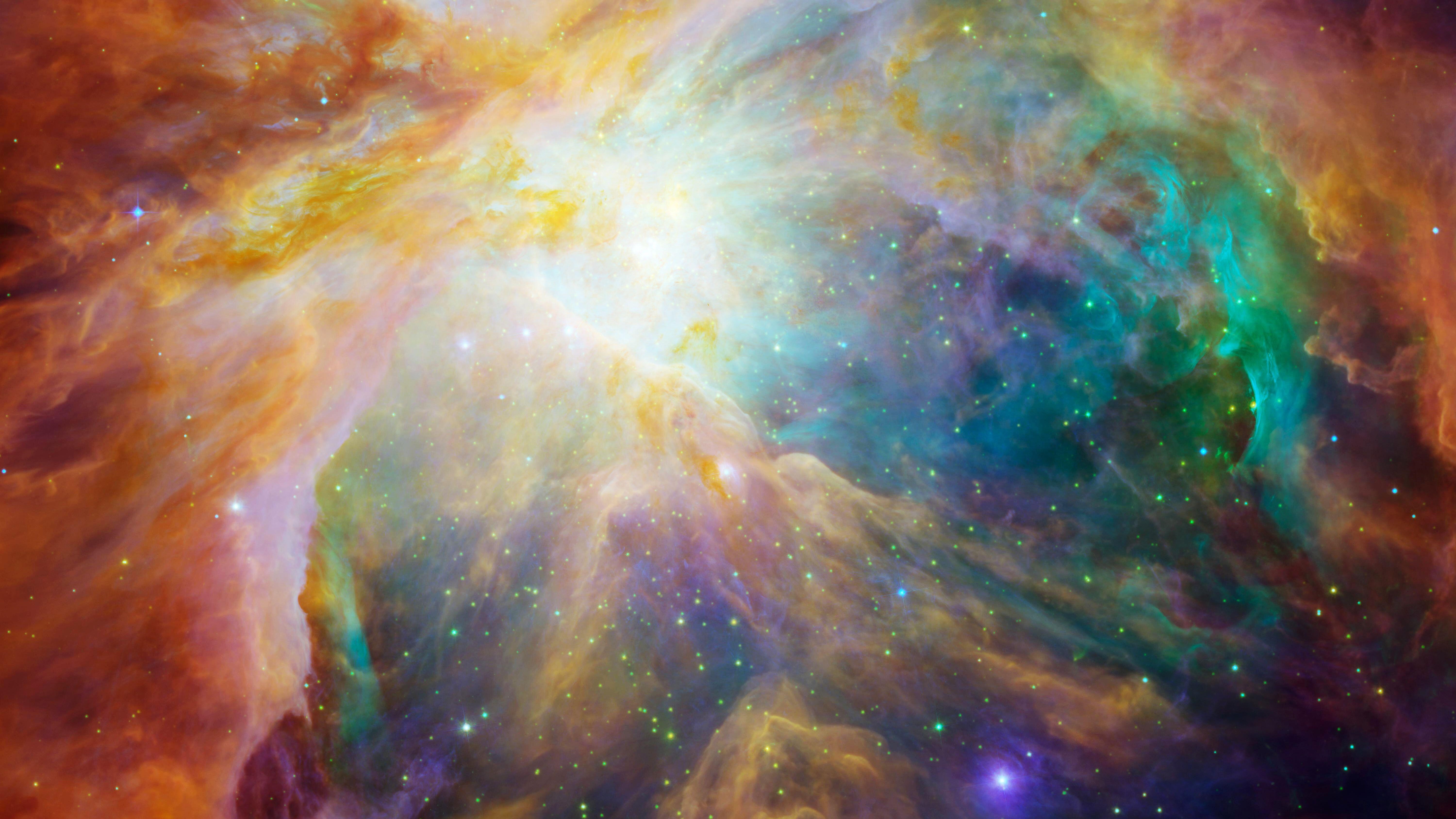
Black holes are not the only cosmic runaways; planets have also been spotted on the lam, and in far greater numbers. In 2023, the James Webb Space Telescope (JWST) detected more than 500 free-floating "rogue" planets careening through the Orion Nebula. Roughly 80 of these were spotted orbiting each other in binary pairs — a phenomenon with no clear explanation. Because these rogue worlds are roughly as large as Jupiter, scientists named them Jupiter-mass binary objects — or JUMBOs.
NASA estimates that there may be trillions of rogue planets wandering our galaxy, many of which were shunted out of orbit during the chaotic early days of star system formation. However, current models fail to explain the existence of JUMBOs. One theory suggests that these bizarre objects formed directly from collapsing clouds of gas and dust in interstellar space, in a scaled-down version of how stars form. Another theory says a passing star could have pushed the objects out of orbit, but models have shown that this explanation is highly unlikely. For now, JUMBOs pose a jumbo-size puzzle for astronomers.
The Fermi bubbles
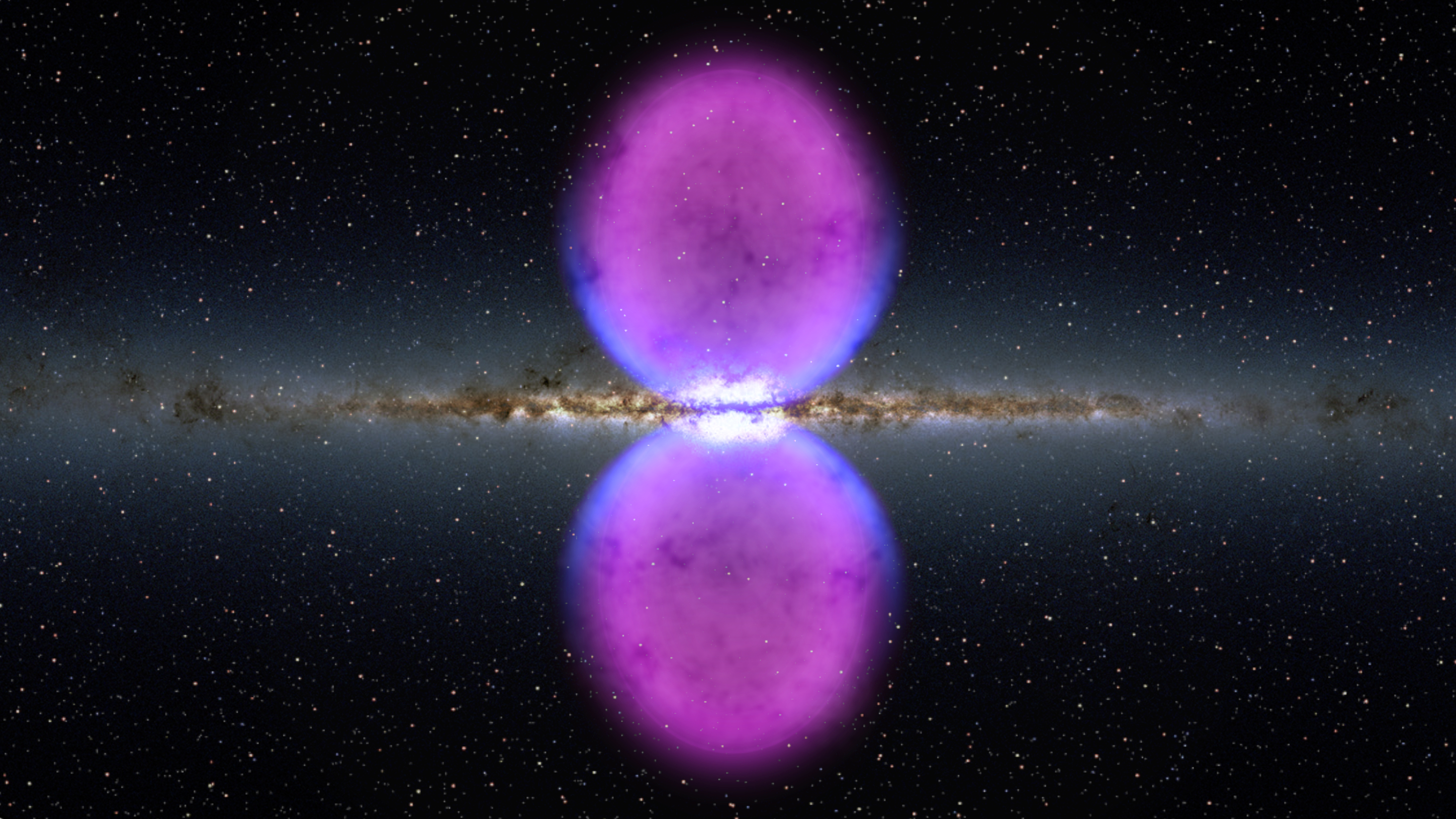
The black hole at the center of our galaxy is (hopefully) not going anywhere anytime soon, but it has acted up in unexpected ways in the not-too-distant past. Astronomers can see the evidence of massive, energetic eruptions from our black hole in the form of two sets of gargantuan bubbles — known as the Fermi bubbles and eROSITA bubbles — that tower over our galaxy. These overlapping lobes of energy straddle the center of the Milky Way like an enormous hourglass, stretching roughly 25,000 light-years above and below our central black hole. Measured together, the bubbles span about half the width of the galaxy itself.
Despite their extraordinary size, you can't see them in the sky; the Fermi bubbles, filled with fast-moving particles called cosmic rays, can be spotted only by telescopes that detect gamma-rays, while the eROSITA bubbles — filled with extremely hot gas — are visible only as X-rays.
Astronomers don't know exactly how the bubbles formed, but a 2022 study suggested that they are the result of a gargantuan black hole explosion that lasted more than 100,000 years, beginning roughly 2.6 million years ago, when vast quantities of matter poured into our black hole's maw. If confirmed, this hypothesis would suggest that our black hole was active much more recently than once thought.
The big question
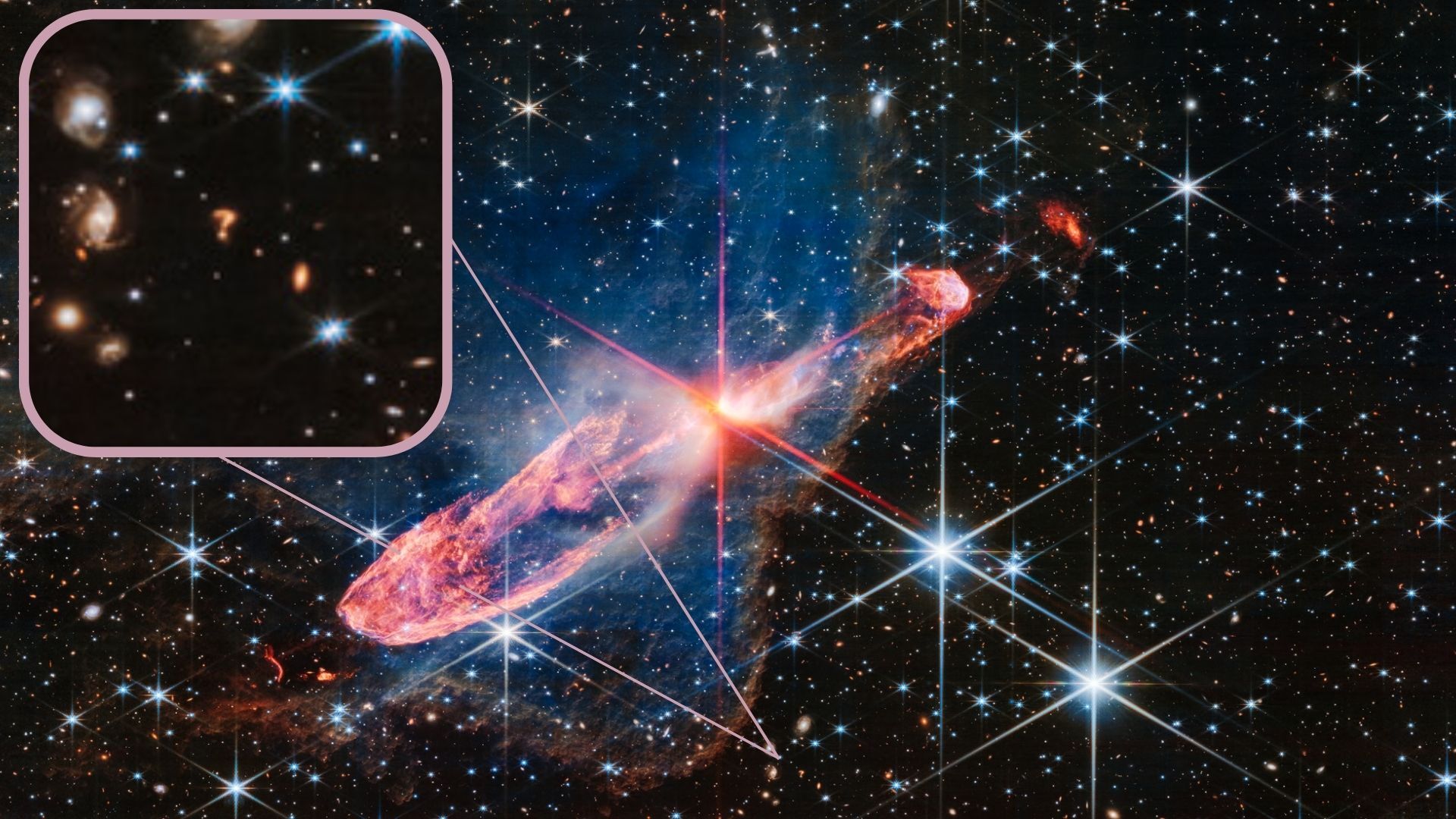
While studying a peculiar smear of starlight known as Herbig-Haro 46/47, JWST spotted something even more mysterious in the distant background of its image — a deep-space swoop of hot gas shaped perfectly like a question mark.
It's unclear exactly what the object is or how far away it is, but its reddish color in JWST images suggests that the object is exceptionally ancient, with its light stretching into ever-redder wavelengths as it crosses vast cosmic distances to reach us. It may be a galaxy, or perhaps several galaxies in the midst of ripping each other apart during a chaotic merger, researchers told Live Science's sister site Space.com in 2023.
Whatever it may be, the cosmic question mark is just one of many puzzles introduced by JWST's groundbreaking observations. Uncovering its identity may have to take a back seat to more pressing questions — like, are we completely wrong about our understanding of the universe?







